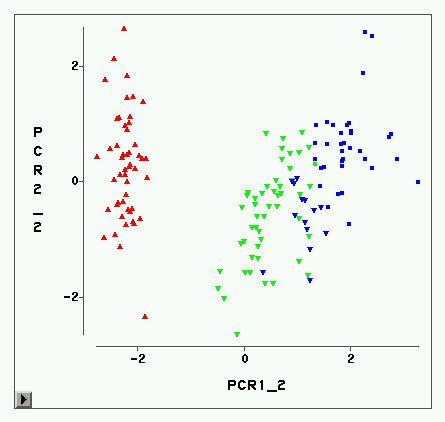The study utilizes a comprehensive dataset informed by IPv6 routing information to provide statistics, degree distribution, joint degree distribution, and clustering analysis of the IPv6 Internet's structure and resilience.The dataset includes 17,232 unique ASes and 10,000 unique IPv6 prefixes. Analysis reveals an interconnected network with an average path length of approximately 3 hops, suggesting a robust and efficient network with potential redundancy and resilience, despite some isolated components. The paper outlines the degree distribution, indicating many peripheral nodes in a sparse network, and a clustering analysis showing a tendency for ASes to form clusters, which is indicative of redundancy and robustness against failures. The connectivity analysis, including path redundancy and reachability, supports the network's resilience.The findings are crucial for network design and strategic planning, particularly as IPv6 adoption increases. The paper emphasizes the importance of continuous monitoring and improvement of network connectivity in the evolving Internet landscape, highlighting the IPv6 Internet's resilience and structured connectivity.
翻译:暂无翻译




